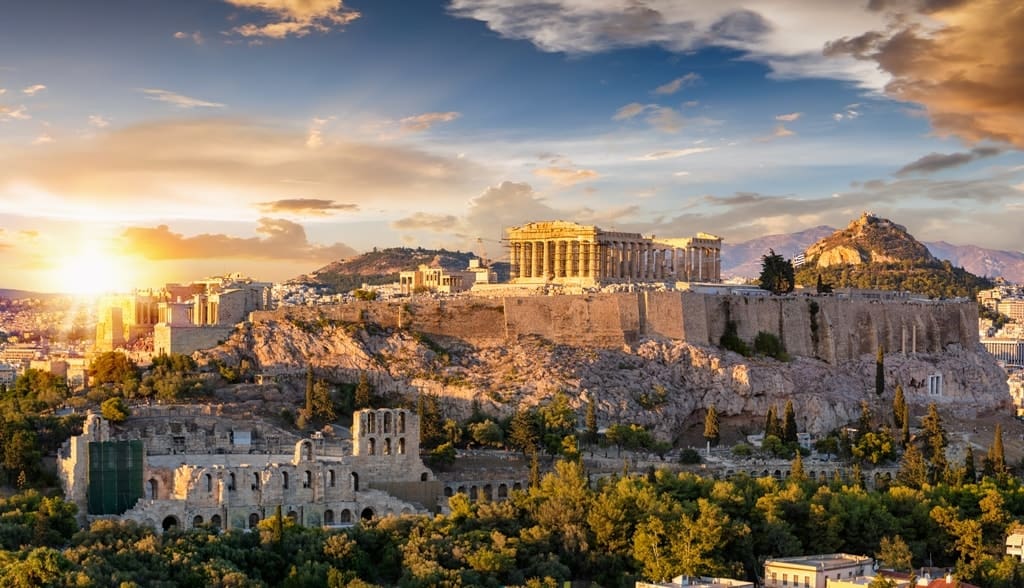Planning a trip to Athens, Greece? Here you will find some fun facts about Athens it will be interesting to know about
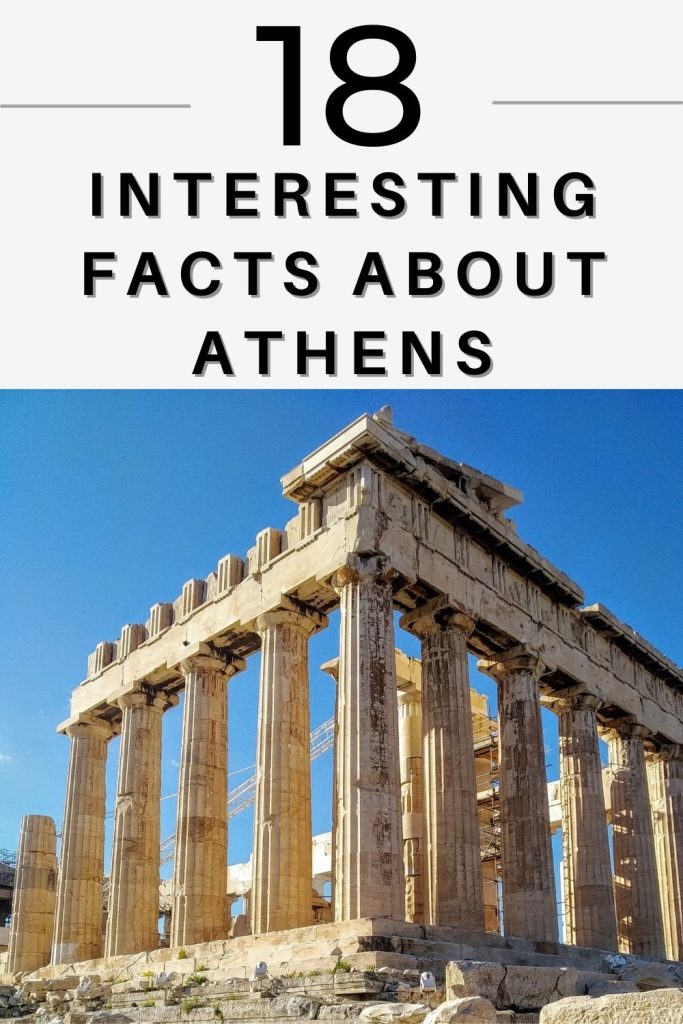
- 18 Interesting Facts to Know About Athens
- 1. Athens is Europe's oldest capital city
- 2. Athens has been inhabited since the late Neolithic Era
- 3. Athens took its name from the goddess Athena
- 4. Athens is the birthplace of Democracy
- 5. The Golden Age of Athens
- 6. Philosophy flourished in Athens
- 7. Theater always played a key role in Athens
- 8. Athens has an eventful history
- 9. Athens wasn't the first capital of modern Greece
- 10. Athens had a King
- 11. Two of the most famous Athletic institutions and events originate in Athens.
- 12. In Athens, you will find small museums inside metro stations.
- 13. “The City of the Seven Hills”
- 14. Athens is a popular tourist destination
- 15. Athens is one of the sunniest capitals in Europe
- 16. Athenians love fish
- 17. Piraeus is the largest passenger port in Europe
- 18. Engish is widely spoken in Athens
18 Interesting Facts to Know About Athens
1. Athens is Europe’s oldest capital city
Athens is not only Europe’s oldest capital city, it’s one of the oldest continuously inhabited cities in the entire world. It was also one of the most important cities of the Ancient World. This gives it its famously magical, mythic quality. When you stroll around Athens, you are literally walking in the footsteps of some of the most illustrious figures in human history.
2. Athens has been inhabited since the late Neolithic Era
Athens’ history pre-dates the Golden Age of Athens by several millennia. The region of Athens has been inhabited since the late Neolithic era, with evidence of early settlements dating from 4500 to 4000 BC. By the Bronze Age – around 1400 BC, Athens had become an important center for the Mycenaeans. Athens really began to prosper in the Iron Age. Owing to its central position, its access to the sea, and its natural Acropolis, by 900 BC and beyond Athens was a major center of trade.
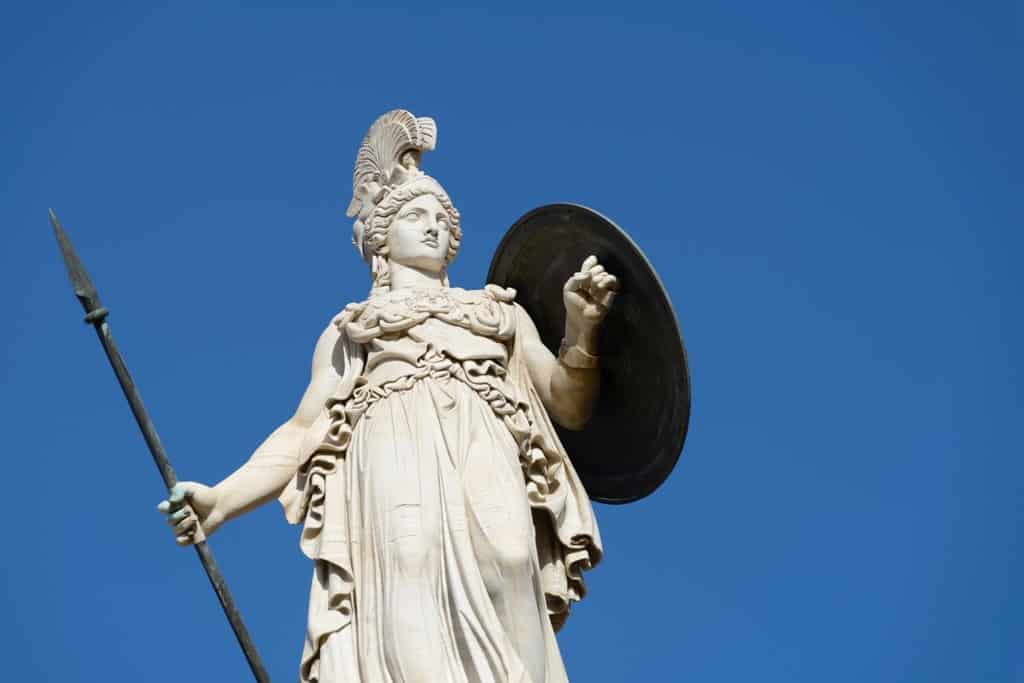
3. Athens took its name from the goddess Athena
Athens takes its name famously from the goddess Athens. A beautiful myth is associated with how Athens got its name. Both Athena and Poseidon wanted to be the patron of Athens, and so they had a competition. Athena, with her offering of an olive tree that symbolizes peace, won. In fact, this very same sacred olive tree was said to still be on the Acropolis in the second century, AD, as described by the geographer Pausanius. I think you will have a whole post on this to link to.
Related: How Athens got its name.
4. Athens is the birthplace of Democracy
Athens is the birthplace of Democracy, and the word itself tells us what democracy is. It comes from the Greek words “demos” – the people, and “Kratos” – power, or as it is used today, the state. Democracy is the power of the people. It is Solon, the “archon” of Athens, who initiated an assembly of citizens, in 594 BC. Of course, not all people participated in the democracy of ancient Athens – just males and just those males who owned property.
Across from the Acropolis is Pnyx Hill, overlooking the Ancient Agora. By the end of the 6th century (as early as 507 BC), this was the site of popular assemblies. Cleisthenes reformed the constitution of Ancient Athens, making it still more democratic (and earning him the popular title “the father of Athenian Democracy”).
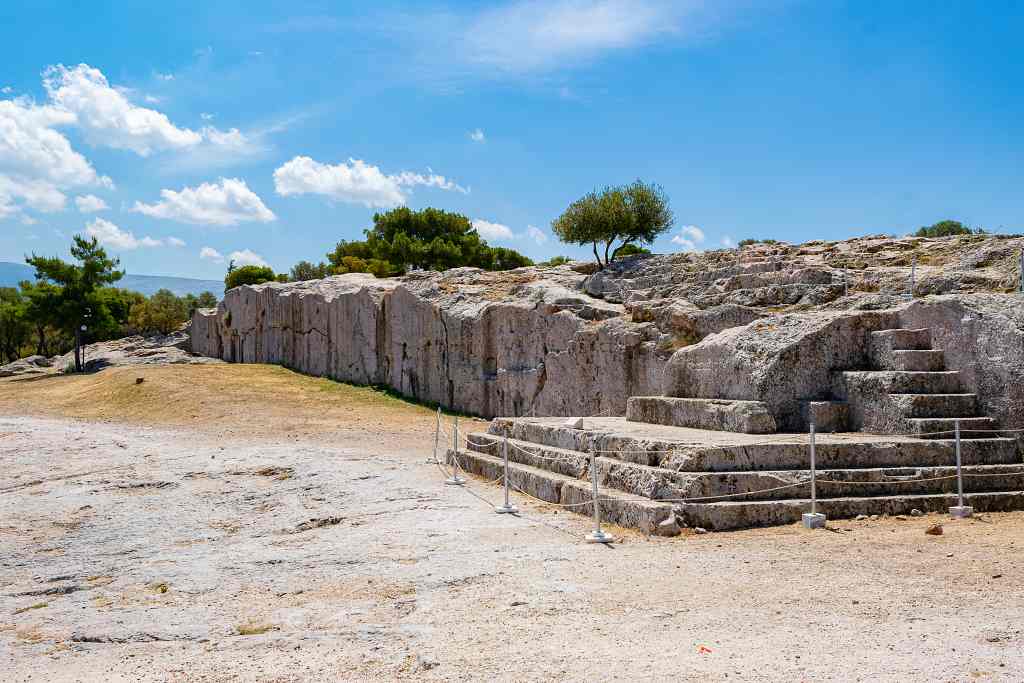
5. The Golden Age of Athens
The Golden Age of Athens was aptly named. It’s what we think of when we think of Ancient Athens. This era in the 4th century BC was a period of peace, between the Persian Wars and the Peloponnesian wars. This was an era of power and prosperity. Athens saw a tremendous flourishing in culture. It was in the peak of this era that the Parthenon was built, beginning construction in 447 BC. The Temple of Athena Nike and the Erechtheion (the part with the famous Caryatids) were added to the Acropolis later – in 424, and 409, respectively.
6. Philosophy flourished in Athens
Philosophy is the foundation of the great culture of Ancient Athens. The philosopher Plato established the Academy in the late 4th century BC (387 BC). Aristotle studied here. You can visit the ruins of the Academy of Plato. It captured the imagination for centuries and still does. The most famous fresco of the Italian Renaissance painter Rafael called “The School of Athens” depicts it.
This was not the only famous school of Philosophy in Athens. Aristotle later started his own school – the Lyceum. It was also called the “Peripatetic” school, from the Greek word “to walk” – as he and his students would explore ideas in the walkways and loggias of the institution. You can still see the ruins of the Lyceum of Aristotle – they’re near Kolonaki.
Related: 10 Ancient Greek Philosophers You Should Know
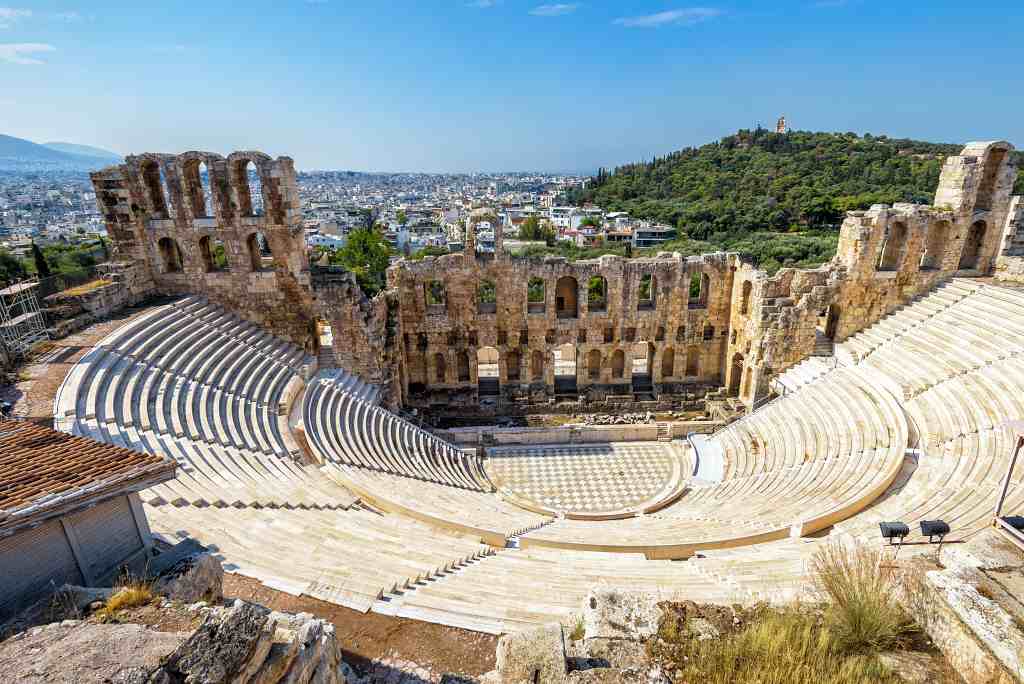
7. Theater always played a key role in Athens
Theater also played a key role in the life of the ancient Athenians. The Greek Tragedy emerged around 532 BC, and Comedy a little later (490 BC). Plays were performed at a festival called the Dionysia, honoring the God Dionysus. Many ancient Greek Tragedies and Comedies were performed at the Ancient Theater of Dionysus on the slopes of the Acropolis.
In some ways, not much has changed under the Athenian sun – or moon. Athenians of today love Theater! Today, there are about 150 theaters in Athens. And you can still enjoy a performance at an ancient theater on the slopes of the Acropolis – at the Herodes Atticus Theater. This is one of the most fascinating cultural activities in Athens.
8. Athens has an eventful history
Between the glory of the Golden Age of Athens and the contemporary European city we enjoy today, there were many civilizations. The Roman general Sylla sacked both Athens and Piraeus in the 1st century BC. Later, the Roman Emperor Hadrian came and instituted many great building projects, mainly around the Roman Agora – although the Arch of Hadrian by the Temple of Olympian Zeus is perhaps the most recognizable monument of the time. Athens for centuries – 4th – was part of the Byzantine Empire.
Then, it went through a “Latin” phase from the early 13th to mid-15th centuries – overseen first by the Burgundians, then the Catalans, and finally the Florentines. The Ottoman Empire controlled Athens for a long time, and it was during this period that the Acropolis marbles were taken by Lord Elgin. Athens finally became part of Modern Greece after the Greek War of Independence of 1821.
9. Athens wasn’t the first capital of modern Greece
Athens was actually not the first capital city of the modern Greek State. In fact, when Greece once again became an independent nation after the Greek War of Independence, Athens had just 4,000 – 5,000 inhabitants – about 400 houses by the Acropolis in what we now call Plaka. The first capital of the modern Greek State was Nafplion, a prosperous and established city in the north of the Peloponnese. The capital of modern Greece was then moved to Athens because of the tremendous importance of Athens and its history and monuments to the Greek spirit.
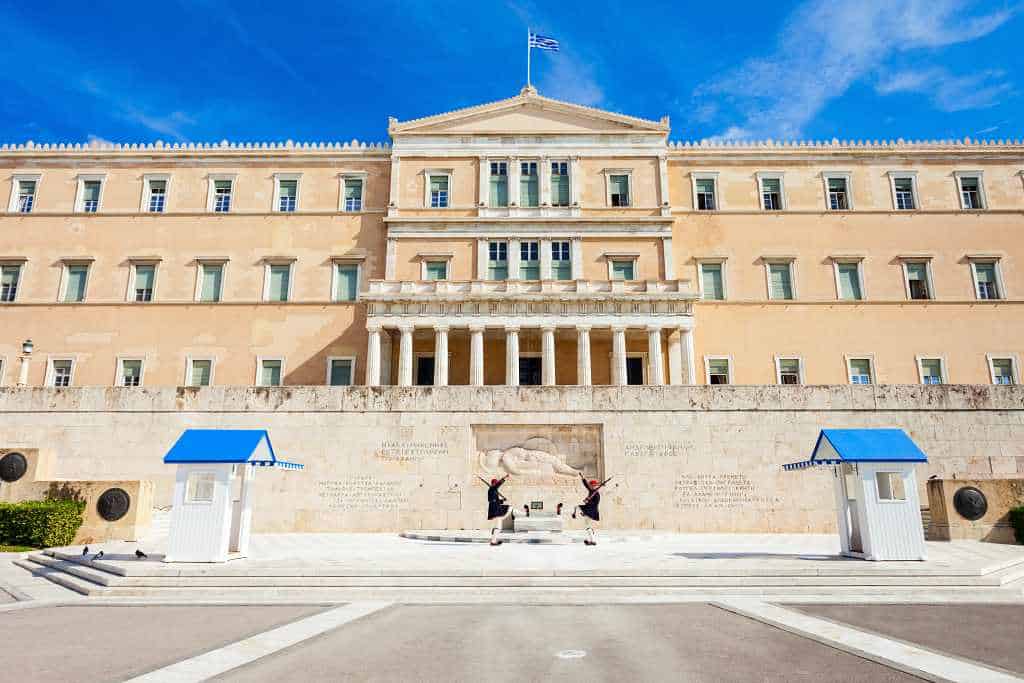
10. Athens had a King
While we’re talking about this fascinating period, we should also say that Athens had a King – Otto, or Othon, a Bavarian Prince, was the first King of Athens, with his Queen Amalia. Throughout most of the history of Modern Greece, it has been a kingdom, with the monarchy finally being abolished in 1973.
Many of Athens’ grand and famous neoclassical buildings date from this period when it was being built to be the new capital. European architects were deeply inspired by the spirit of classical Greece and created defining monuments consistent with the style and history of Athens. These include the University of Athens and the National Library of Greece. The National Garden also dates from this era, and so does the Syntagma – the Parliament Building. It actually started its life as the Royal Palace.
11. Two of the most famous Athletic institutions and events originate in Athens.
One is the Marathon – the first marathon was run by a messenger – Pheidippides. According to the ancient historian Herodotus, the Athenians had learned that the Persians had landed at Marathonas, and Pheidippides was sent to ask the Spartans for help. He covered some 260 kilometers.
The second important institution is of course the modern Olympic games. These are a revival of the spirit of the Ancient Olympic Games – a competition among city-states in honor of Zeus. The ancient games took place in ancient Olympia.
The Olympic games were reborn in Athens in 1896, at the Kallimarmaro Stadium. 14 nations participated. The Marathon was one of the events – a run of approximately 40 kilometers – the distance from Marathon to Athens, in honor of the original Marathon of ancient history.
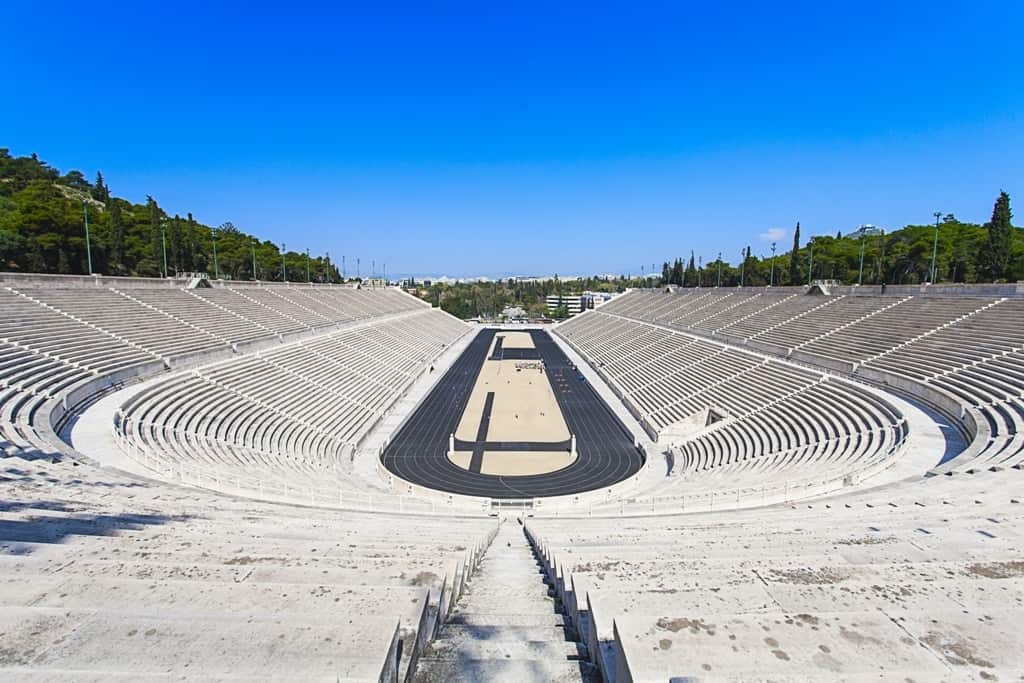
12. In Athens, you will find small museums inside metro stations.
In Modern Athens, Ancient Athens is never far away! Take the Metro, for example. Just digging the metro took many years because of the fascinating archaeological findings from throughout the history of this great ancient city. Many of the findings are on display in the stations themselves, making them fascinating in situ museums where the multi-layered history of Athens is on display. The Syntagma station is the most famous of these.
The Monastiraki station is at the heart of an archaeologically fascinating area- taking the train from the Monastiraki stop to the Thisseo stop brings you through a miniature outdoor museum, with glimpses of the Ancient Agora. The Acropolis Metro station has both finds and replicas from the area, including authentic objects and replicas of the Parthenon marbles that are now in the British Museum.
13. “The City of the Seven Hills”
Actually, lots of cities claim this title – including Rome, Lisbon, and San Francisco. Of the historic seven hills of Athens, of course, the best known is the Acropolis. But – at 150 meters – it’s not the highest. That honor goes to Tourkovounia at 373 meters. A must while in Athens is Lycabettus Hill- a gorgeous and tranquil pine forest right in the middle of the city that gives way to towering rock.
At the peak, you can reward yourself for your climb (or just take the teleferique) by enjoying a glass of chilled rose or a moussaka – there’s a restaurant and a cafe up top. Then go to the very peak, where you’ll find the small chapel of St. George and some of the most famous and fabulous views of all of Athens, including great views of Kalimarmaro the Parthenon, and indeed even the port of Piraeus.
Related: The Hills of Athens
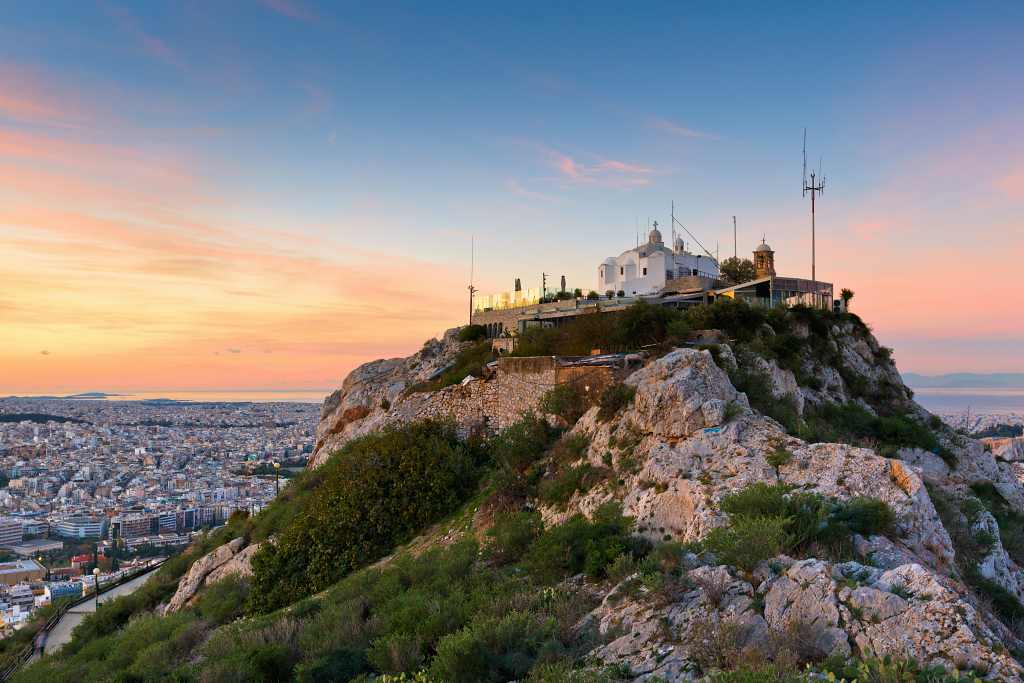
14. Athens is a popular tourist destination
Athens is not just the gateway to many great Greek destinations, but a destination in itself – in fact, 2019 saw 5.7 million visitors staying in Athens, enjoying the pleasures of the capital. Moreover, Athens has a year-round tourism season. Athens in winter is a fantastic destination.
15. Athens is one of the sunniest capitals in Europe
Speaking of Winter in Athens, it’s bound to be gorgeous. Athens is one of the sunniest capitals of Europe, with an average of just 5 days of rain, and average highs of 15 degrees in December and a low of 8 degrees. Summer, of course, is famously sunny!
16. Athenians love fish
Did you know that Athenians have always been crazy about fish? It was a prized delicacy in Ancient Athens. And today still the Athenians indulge their passion for fresh fish. Come to the historic Varvakios market to see the action – 5 – 10 tonnes of fish and seafood, both fresh and processed, passes through the hands of these professional fishmongers daily.

17. Piraeus is the largest passenger port in Europe
And speaking of the sea – did you know that the Athens’ port – Piraeus – was integral to the history of Athens in ancient times? The Athenian general Themistocles fortified this natural port in 493 BC in order to take advantage of its strategic location. The importance of the port of Piraeus declined in the Middle Ages. Today though, it is one of the busiest ports of all Europe. It was the 3rd busiest for commercial traffic in the Mediterranean as of 2015 and is growing steadily.
But most visitors to Athens know it because of its ferry traffic – this is the largest passenger port in Europe, with a total quay length of nearly 2.8 meters. 2017, 15.5 million passengers passed through the port of Piraeus.
But Piraeus is also not the only port that serves visitors to Athens! Check your ticket carefully, because many ferries headed for the Greek Islands also leave from Rafina, on the eastern coast of the Attica peninsula, or also from Lavrio, in the southeastern area.
18. Engish is widely spoken in Athens
It’s really nice to learn some Greek phrases while you’re here. But English is very widely spoken in Athens. In fact, just over half of Greeks speak English – that’s in contrast to Italy (34%), Spain (22%), France (39%), and Portugal (27%), according to data from 2014. English is the most popular foreign language in Greece, and most young people have a good command of English.

